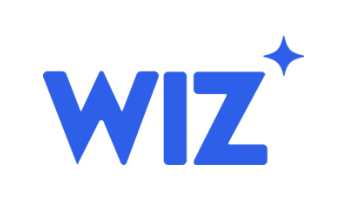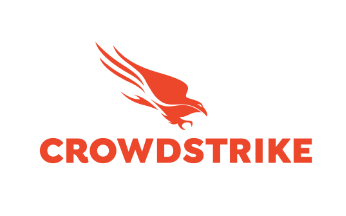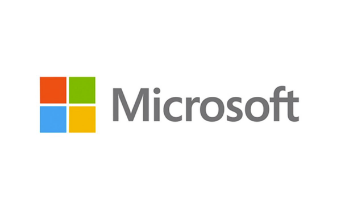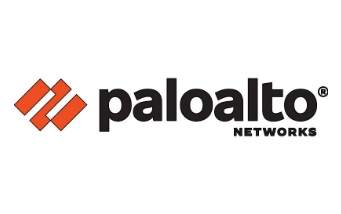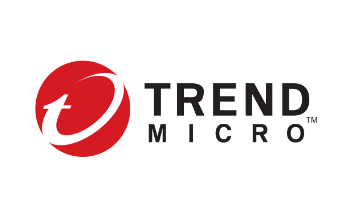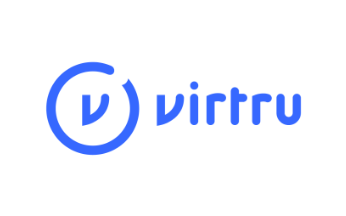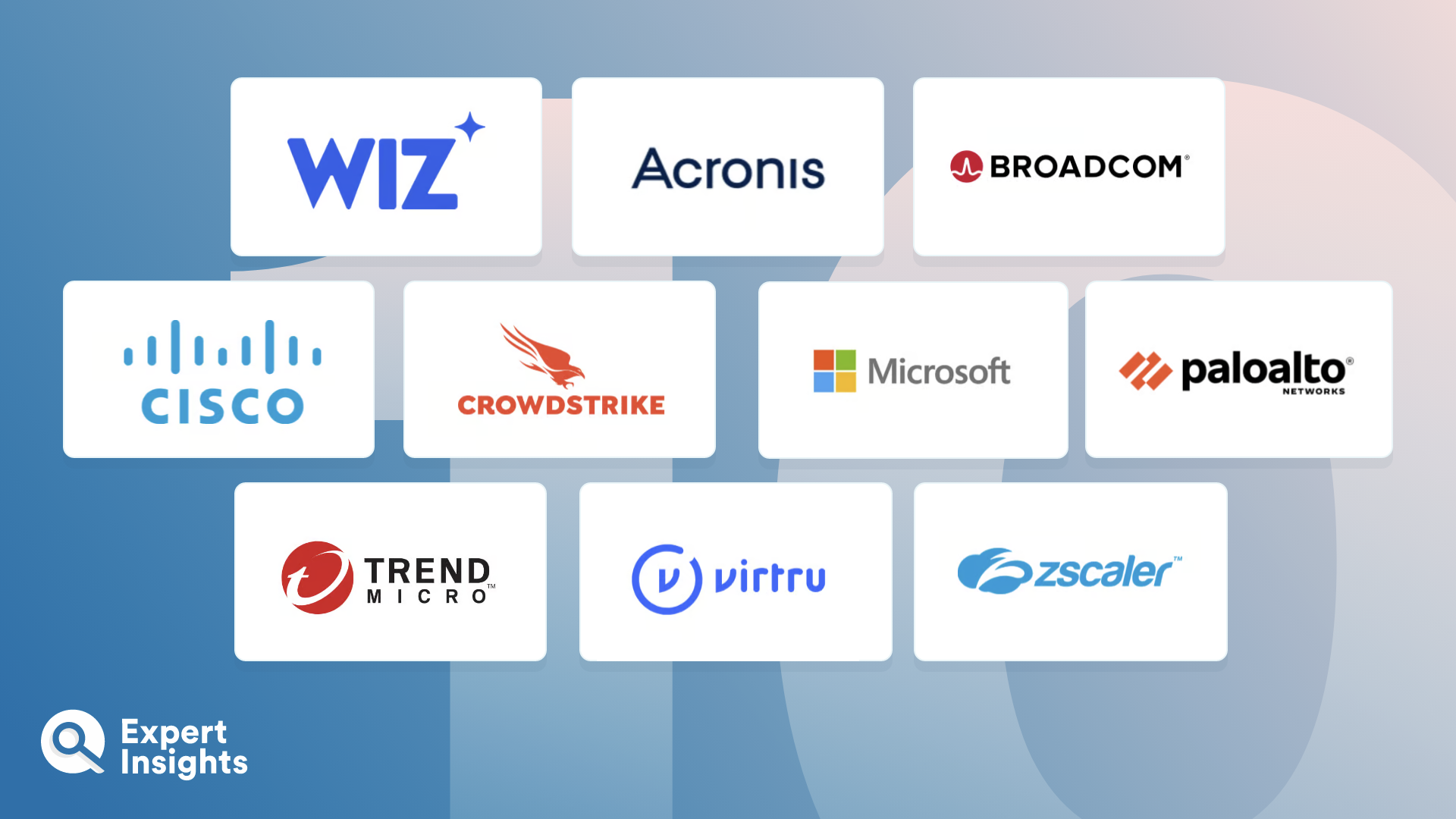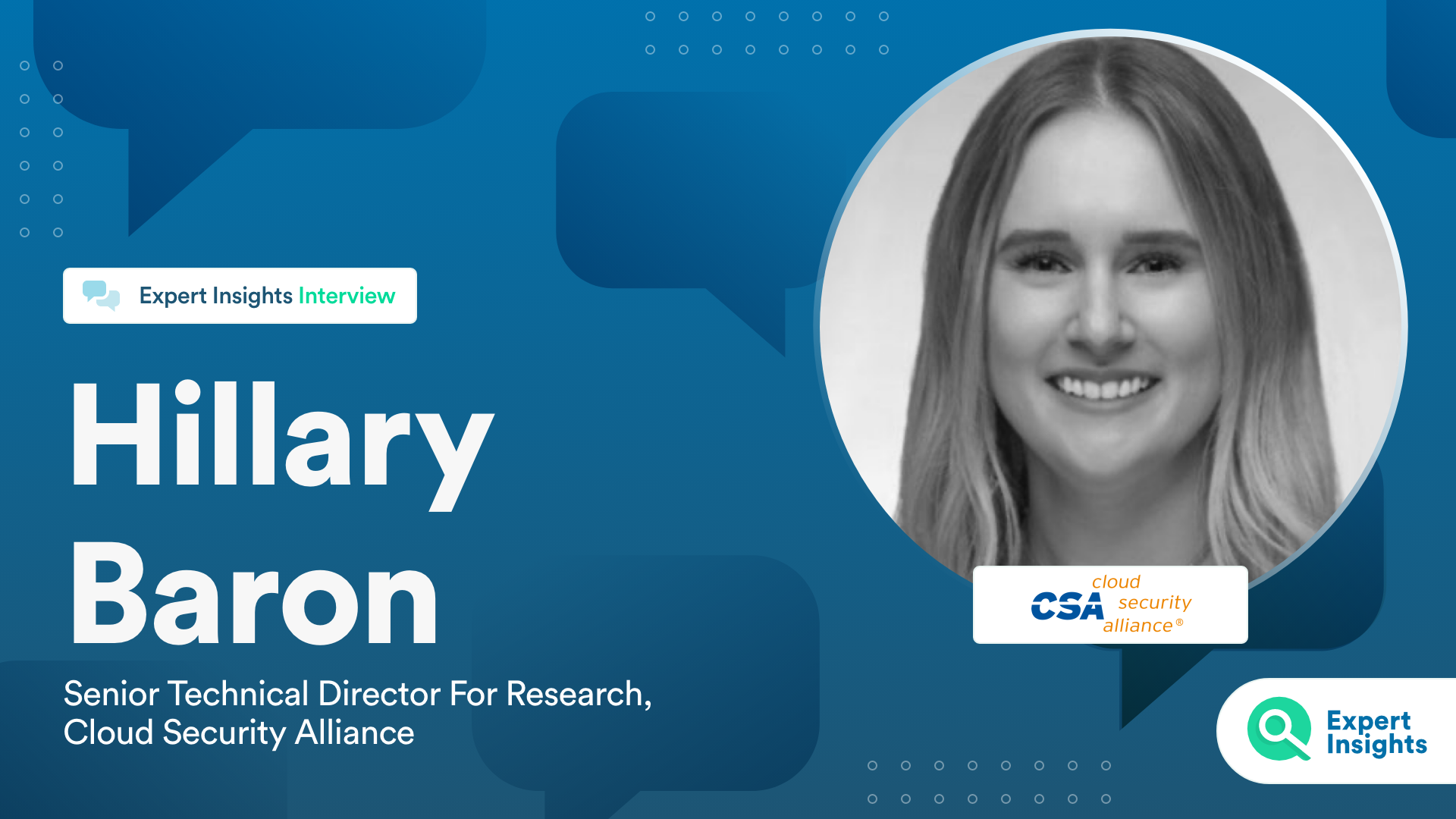Cloud Data Security Solutions: Everything You Need To Know (FAQs)
How Do Cloud Data Security Solutions Work?
Cloud Data Security solutions work in a number of ways to address a raft of risks associated with storing and utilizing data from the cloud. It is essential that this type of platform has a range of features at its disposal, to properly address as wide a range of threats as possible.
Some of the key areas that Cloud Data Security platforms will be designed to address include:
- Data Loss Prevention
- Ensuring Data Privacy
- Regulatory Compliance
One of the key ways that Cloud Data Security solutions achieve this is through applying consistent and robust encryption across all of your data. This ensures that even if an attacker were to gain access to your data, they would be unable to access or understand it. Common encryption methods include AES-256.
This allows you to strike the balance between ensuring data is properly protected, whilst making it accessible and usable for users. Data that has too many security protections may be unmanageable, and not flexible enough for diverse workforces.
Whilst addressing these issues, Cloud Data Security tools will ensure that there is a high level of visibility and that processes are logged. This improves the auditing processes, where you will need to prove that you are acting properly and adhering to the expectations placed on you.
What Are The Key Features To Look For When Choosing A Data Security Solution?
Finding the right data protection solution for your organization should be a top priority. Failure to do so could lead to preventable attacks being successfully carried out on your organization. As well as the direct threat to your and your customer’s data, you risk tarnishing your brand image and trustworthiness, thereby reducing your future potential customer base. When trying to identify the ideal solution for your organization, you should look for the following features.
Visibility – Your platform should allow you extensive insight into your network and the risks that you face. When you are able to better understand these risks, you can ensure that your policies are appropriate and effective.
Reporting – Linked to having extensive visibility, easy and customizable report generation is essential to explain the measures you take to keep customer and stakeholders’ data safe.
Strong Encryption – In order to effectively safeguard all your data, at rest and while in transit, effective encryption is essential. AES-256 is the gold-standard for encryption as it is virtually impossible to break, even for today’s supercomputers.
Regulatory Alignment – The ideal solution will align with prominent data regulation frameworks to ensure that you are meeting all of your obligations.
Is Data In The Cloud Safe?
The recent mass migration to the cloud has encouraged some organizations to question how safe the cloud is, and if it is an appropriate place to store data. Transferring processes to the cloud does improve flexibility, allowing users to work across a wider range of devices, from a range of locations. If you fail to take proper, precautionary steps, there are dangers associated with the cloud. The vast majority of these, however, can be eliminated, or, at least, mitigated. Common risks facing your cloud data include:
- Ransomware
- Data breaches
- Compliance and regulation issues
- Data corruption or misconfiguration
- Man-in-the-middle-attacks
The first step in protecting yourself from the risks associated with securing cloud data is to gain visibility to understand what the risks are, and how they may affect your organization. These risks tend to revolve around data loss and privacy or confidentiality breaches. If you take the proper steps and implement the appropriate policies, many of these threats are easily reduced.
For more on the rise of the cloud and how to protect your data, head to our interview with Rich Lilly of Netrix LLC here:



